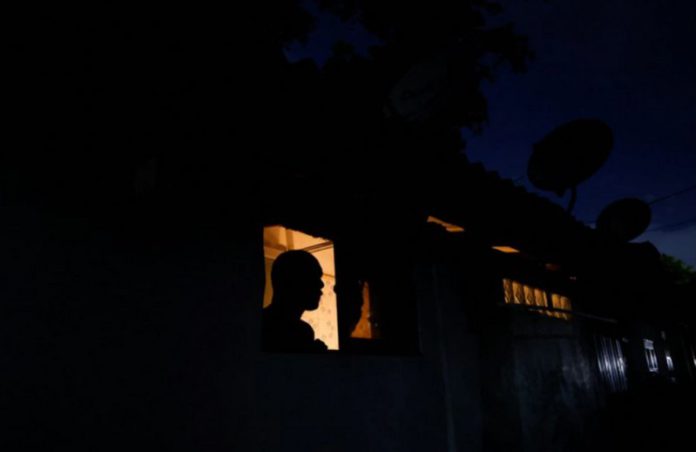
Ghana has been experiencing Dumsor long before the recent gas supply challenges announced by WAPCo .
Credible data available, representing total system power generation at peak periods (10 pm), shows that Ghana has been experiencing power generation deficits throughout this year.
This was evident even before WAPCo’s announcement, which is expected to further increase the generation deficits (more DUMSOR).
As of December 26, 2023, Ghana’s system peak load stood at 3,618 MW, representing a 4.3% increase from the 2022 recorded peak demand. In 2024, system peak load is estimated to be 3,788 MW, reflecting a 4.7% increase from 2023 Energy Commission report 2024. This means that, Ghana’s peak demand is expected to be around 3788 MW. Therefore, any power generation below 3788 MW will result in DUMSOR.
Power generation at 10:00 PM represents the peak system power generation and the 10:00 PM also represents the peak demand period of power. System peak power generation has an average value of 3188.12 MW (January to June 4th). Monthly averages at these time were January 2024 =3162.45 MW, February 2024 = 3276.00 MW, March 2024 = 3154.73 MW, April 2024 = 3199.50 MW, May 2024 = 3161.29 MW, and June 2024 = 3101.33 MW.
1. The system peak power generation represents power generated for both domestic usage and export.
2. The total demand peak also includes power demanded domestically and for export.
3. The average power generated at peak periods (10 pm) from January to June 4th, 2024, stands at 3188.12 MW. This figure is far below the peak demand for even 2023, recorded on December 26th, 2023, at 3618 MW, let alone meeting the peak demand projected at 3788 MW for 2024 based on the energy commissions report.
4. This means that from January to June 4th, 2024, Ghana has never been able to meet its peak demand where its power generated (supply) will meet the peak demand. There is a deficit in power generation between 429.88 MW and 599.88 MW when using the 2023 peak demand of 3618 MW or the projected peak demand of 3788 MW, respectively.
5. Therefore, a deficit in power generation of 600 MW is accounting for the DUMSOR. From January 2024 to June 4th, 2024, Ghana experiences DUMSOR of about 600 MW.
6. With the new development where WAPCo has announced a gas supply challenge, causing ECG and GRIDCo to issue a joint press release, th end effect is that Ghana will experience more DUMSOR, meaning there will be a deficit in power generation beyond 600 MW.
7. The other good news is that the thermal plants can operate on Light Crude Oil (LCO) or Heavy Fuel Oil (HFO). Apart from Sunon-Asogli Power (SAPP) and AMERI, which rely only on Natural Gas, the rest operate on either HFO, LCO, or LPG. Therefore, with proper financial capacity, Ghana should be able to generate enough power to meet its peak demand. Ghana has an installed generation capacity of 5,194 MW, excluding embedded generation, which correlates to a dependable capacity of 4,756 MW. This means that Ghana should be generating enough power to exceed its peak demand.
8. In conclusion, ECG and the government should not ascribe the DUMSOR to WAPCo’s gas supply challenges because we have already been generating power at a deficit of 600 MW even though WAPCo’s gas supply challenges will worsen the DUMSOR situation, but not when the majority of the thermal plants can operate on either HFO, LCO, or LPG in place of Natural Gas.
About the author: Xatse Derick Emmanuel is a Research and Policy Analyst at the Institute For Energy Security-IES.
